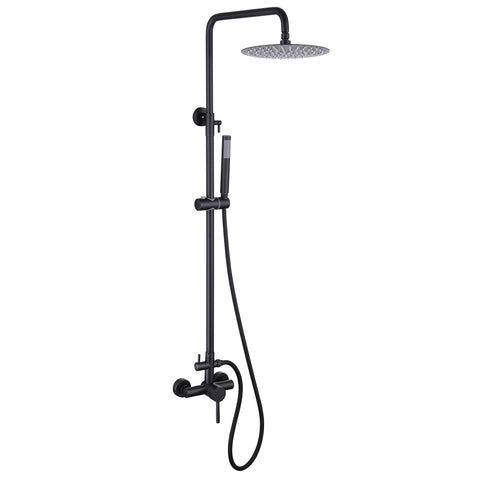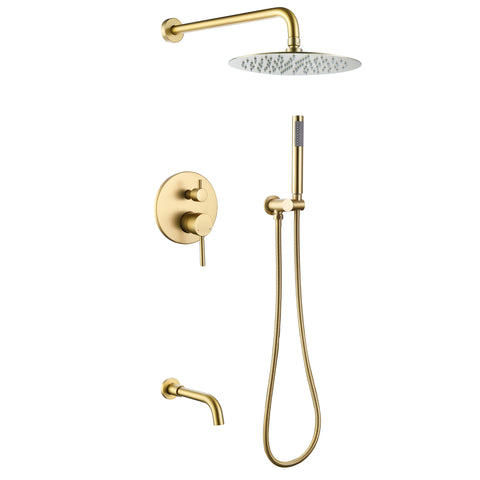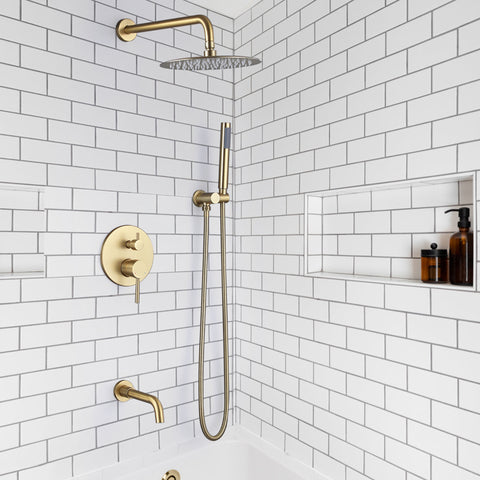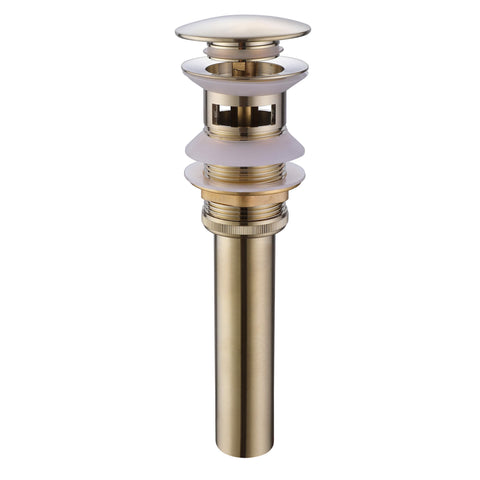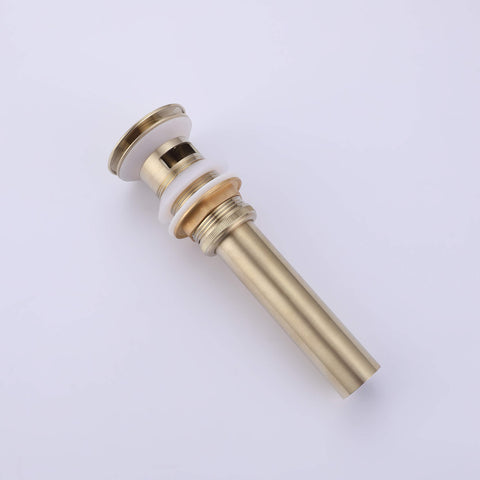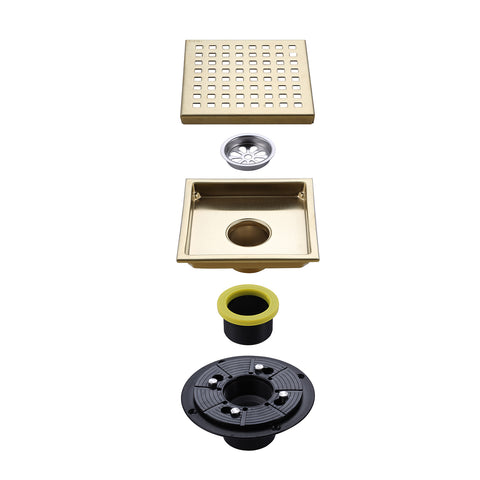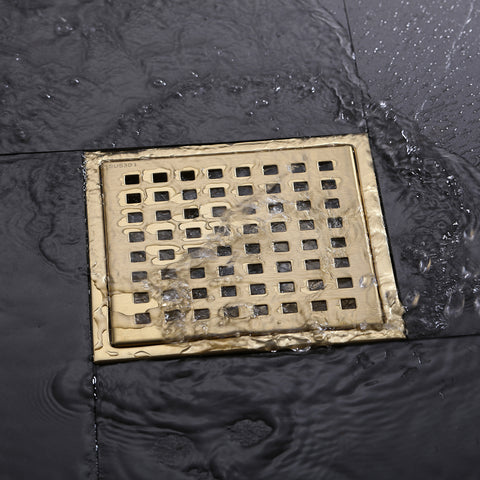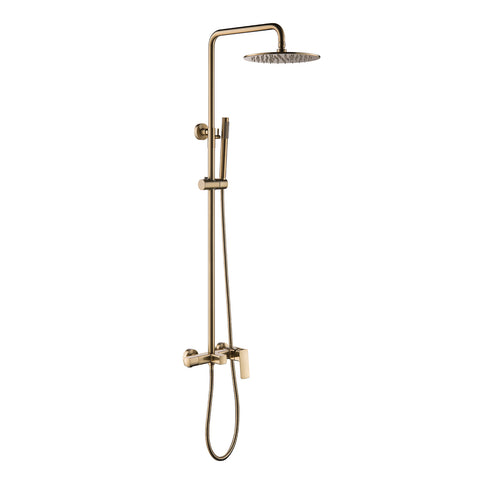How to Remove Scale Buildup from Inside Your Faucet: Easy DIY Guide
We've all encountered it at some point—that frustrating reduction in water flow from our once-efficient faucets due to scale buildup. Whether in your kitchen or bathroom, addressing this issue is essential to maintain the functionality of your fixtures. In this guide, we’ll walk you through the steps to effectively remove scale buildup from inside your faucet, restoring optimal performance. Bathroom Faucet

Understanding the Culprit: What is Scale Buildup?
Scale, often called limescale or mineral deposits, is a white, chalky substance formed when calcium and magnesium in water settle on surfaces over time. These deposits can clog your faucet’s aerator, leading to reduced water pressure, compromised flow, and even potential leaks if left untreated.
Tools and Materials You’ll Need:
- Adjustable wrench or pliers
- White vinegar
- Old toothbrush or small scrubbing brush
- Small container
- Clean cloth or rag
Step-by-Step Removal Process:
Step 1: Turn Off Water Supply
Before starting, shut off the faucet’s water supply to avoid accidental water flow and ensure a comfortable working environment.
Step 2: Disassemble the Faucet Aerator
Most faucets have an aerator at the tip. Use an adjustable wrench or pliers to carefully unscrew and remove it. Place all small parts in a container to avoid losing them.
Step 3: Soak the Aerator in Vinegar
Fill your container with white vinegar and submerge the aerator. Vinegar’s acidity helps dissolve mineral deposits. Soak for at least an hour—or overnight for stubborn buildup.
Step 4: Scrub the Aerator
After soaking, gently scrub the aerator’s parts with an old toothbrush or small brush to remove softened scale. Rinse thoroughly with water.
Step 5: Flush the Faucet
With the aerator still removed, turn on the faucet to flush out any loosened debris. Let water run for 1–2 minutes to clear the faucet’s internal passages.
Step 6: Reassemble the Aerator
Once cleaned, reassemble and hand-tighten the aerator back onto the faucet. Avoid over-tightening, which could damage threads or components.
Step 7: Test Water Flow
Turn on the faucet and check water flow. You should notice improved pressure and a smooth, steady stream. Repeat the process if flow hasn’t fully recovered.
Maintenance Tips to Prevent Future Scale Buildup:
- Regularly wipe down faucets with a damp cloth to prevent mineral deposits from accumulating.
- Consider installing a water softener to reduce mineral content in your water, minimizing scale formation.
- Use filtered water for drinking and cooking to further limit exposure to minerals causing limescale.
Removing scale buildup from your faucet is a simple but impactful task to maintain performance and extend fixture lifespan. By following these steps and adopting preventive measures, you’ll keep your faucets flowing freely and functioning efficiently—saving you from future headaches caused by reduced water pressure or potential leaks.
